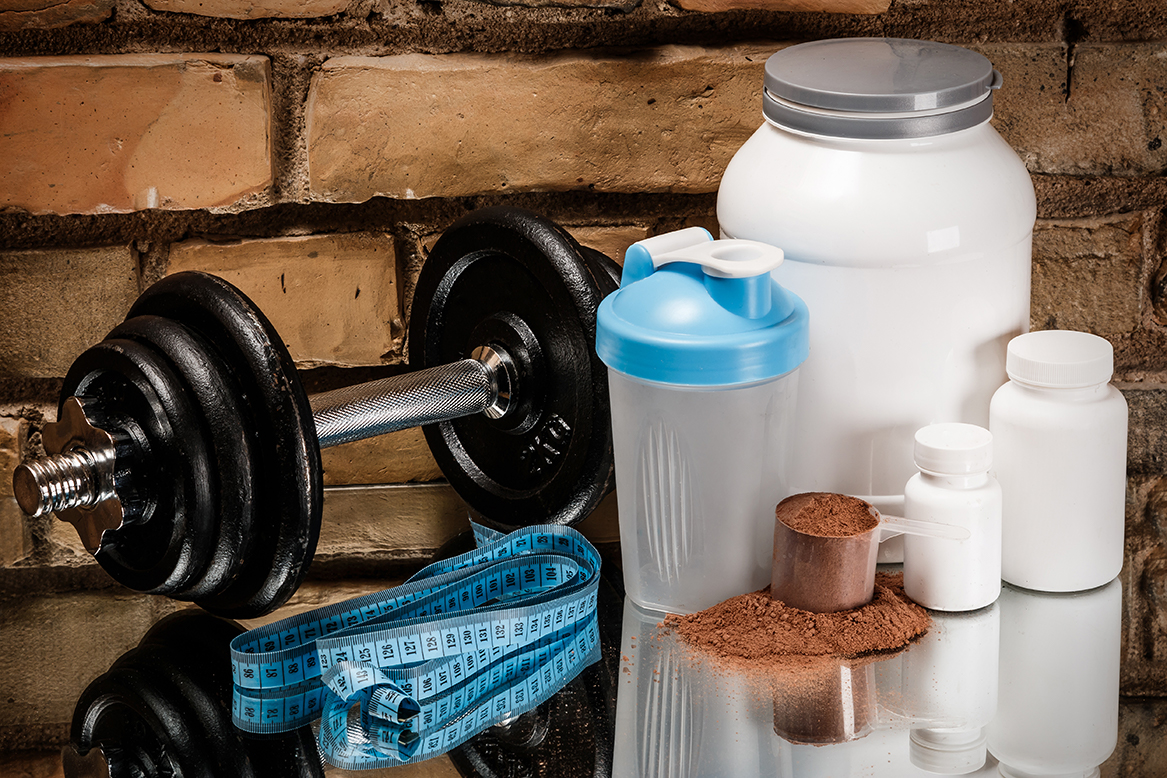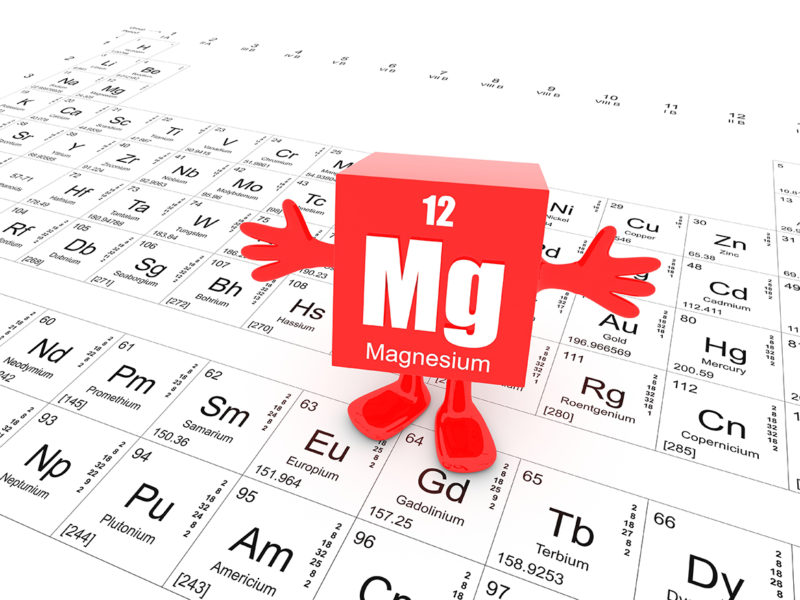Creatine: Scam or Staple?
19 Facts You Need to Know
by TC Luoma | 09/16/16. T nation
-
What will creatine do for me, strength-wise?
Creatine is stored as phospho-creatine in muscle cells and it supplies an extra phosphate group to regenerate ATP during high-intensity muscle contractions, so it will increase your capacity to do high-intensity anaerobic repetitive work by about 15%. That means on any given set, you should be able to do one to two more reps with extra weight, which is hardly ho-hum.
-
What will creatine do for me, size-wise?
About two-thirds of users will gain about 0.8 to 2.9 percent of bodyweight after the first few days of supplementation. Results vary tremendously, of course. In his research, Tarnopolsky found that some subjects gained about 2 pounds while one – using the same creatine dosage and training –gained far more. In addition to increasing work capacity, creatine builds up muscles by mildly raising the level of anabolic hormones (like IGF-1), lowers myostatin levels (elevated levels inhibit muscle growth), improves cell signaling of satellite cells (that help with repair and new muscle growth), and reduces protein breakdown.
-
Isn’t the weight gain from creatine mostly water?
Most people gain weight rapidly after starting to take creatine so logic tells you that the weight gain is almost all water. That may be largely true after you first begin taking it, but even then, the increase in weight appears to be proportional to the total weight gained. Muscle is 73% water, so if you gain ten pounds from using creatine, about 7.3 pounds of that is water.
That being said, creatine does indeed cause cellular volumization and that’s an important determinant of protein breakdown and protein synthesis in skeletal muscle. Working out turns on protein synthesis while simultaneously breaking down protein, but creatine shifts the balance towards protein synthesis. Yes, creatine supplies an extra phosphate group to help regenerate ATP during high-intensity contractions, but cell volumization is an even more important cause of creatine’s muscle-building effect. Long-term use is a slightly different scenario because that’s when creatine increases fat-free mass without a concomitant increase in total body water. Muscle fiber diameter goes up, along with strength, so long-term effects appear to be caused largely by increased muscle mass.
-
Does creatine help with recovery, too?
It appears to. A recent study found that lifters (in this case, guys who did curls to failure) felt less muscle soreness than a placebo group. The researchers didn’t exactly know why, but they felt it was “likely due to a combination of creatine’s multifaceted functions.”
-
Does creatine work for endurance exercise?
Not so much. It’s best used for intense, repetitive exercise that lasts less than 30 seconds, which pretty much describes weightlifting.
-
Why doesn’t creatine work for everybody?
Some people, especially big-time meat and fish eaters, already have an appreciable amount of creatine in their bodies and might not respond as well –their cells are already saturated with creatine. Others, like vegetarians who don’t get as much creatine in their diet, might have phenomenal results. Muscle fiber ratios matter, too. Those who have a pretty much equal distribution of fast twitch and slow twitch fibers will respond fairly well, whereas those that have a fast-twitch distribution of about 70% should respond really well.
-
What’s the best type of creatine to take?
For a while it seemed like someone was introducing a new form of creatine every few months. You had creatine ethyl-ester, dicreatine malate, micronized creatine, effervescent creatine, and even a gummy-bear type creatine, among others. If imagination hadn’t dried up, we’d eventually have had beef jerky creatine or “I Can’t Believe It’s Not Creatine” creatine. The products supposedly got into the system better, or had greater muscle uptake, or enabled you to take less than you did with other forms, but no data convincingly showed that any form worked better than the original creatine monohydrate. One thing the more exotic forms did though was max out your credit card much, much quicker.
-
What’s the best way to load creatine?
Despite all the countless loading variations proposed and tried, despite all the wailing and gnashing of teeth, the original loading method first proposed by Richard Kreider back in the 1990’s appears to work best:
- 0.3 grams per kilogram taken 4 times a day for 5 to 7 days. (There’s no need to be so precise, though, with the dosage. Just round it off to 5 grams four times a day.)
- Once you’ve loaded up, you only need to take 3 to 5 grams a day to maintain full capacity.
True, there’s at least one study that showed you could forego the loading and just take 3 grams a day for 28 days, but it isn’t exactly clear if that low dosage increases exercise capacity.
-
Do I need to take creatine with carbs that spike my insulin?
Standard creatine lore suggests that you need to take creatine with a large load of glucose (80 to 100 grams) or a carb/protein mix of 50 to 80 grams of carbohydrate and 30 to 50 grams of protein.
Granted, that technique will cause a surge of insulin that leads to an increase in glycogen in skeletal muscle, which might in turn result in an increase in cell volume, but taking it with carbs doesn’t necessarily cause the muscles to carry more creatine.There’s also been a decent amount of research that suggests the sodium might be more important to creatine transport than insulin, but it’s tricky since sodium uptake is mediated by insulin.Additionally, this dependence on sodium levels in the body might invalidate the age-old recommendation to take creatine after a workout. You of course lose a lot of sodium during a workout, so sodium levels aren’t going to be at optimum levels post-workout and that might affect creatine transport.
You could of course address the sodium issue. Some users combine creatine with sodium bicarbonate to increase creatine transport. Of course, new thinking suggests there’s really no reason to use creatine pre-workout or post-workout, which would negate the potential sodium problem. Creatine actually works through saturation and not timing.
As long as your muscles are filled with creatine, it’ll be there to help with your workout regardless of when you took it, be that in the morning sprinkled on your cornflakes, afternoon with your tea, or before bed. Likewise, there’s probably no real reason, once you’ve passed the 5 to 7-day loading protocol, to continue to take creatine with large doses of carbs.
-
When’s the best time to take creatine?
In case you skipped the previous question, it probably doesn’t matter when you take it. As long as you’ve followed the loading protocol and your cells are saturated with creatine, you don’t need to take subsequent dosages before or after your workout. Creatine doesn’t abide by the clock. Saturation (not timing) is what counts.
-
Do I need to cycle creatine?
No.
-
Does caffeine or acidity affect the absorption of creatine?
The vast majority of the initial creatine studies were all done by dissolving creatine in coffee or tea, so no, caffeine doesn’t affect its absorption. As far as acidity, the acid levels of coffee, grape juice, and orange juice are all less than that of stomach acid, and creatine survives digestion completely intact.
-
Is long-term use of creatine safe?
It sure seems to be safe. It’s been in limited use since the 60’s and widespread use since the 90’s. Sure, in the early days some people were worried about creatine causing or contributing to dehydration or rhabdomyolysis, but those myths have been long debunked.
-
Is there anything I can do to maximize creatine’s effects?
Given that one of creatine’s main effects is cell volumization, you need something to volumize the cells WITH, namely water. The general rule is to drink half your body weight in ounces water, so if you’re a 200-pound dude, drink roughly 100 ounces of water a day.
-
How soon will I know if creatine’s working for me?
You should see or feel something in a few days, but give it about a month before you come to any conclusions.
-
Will I lose muscle if I stop taking creatine?
You’ll lose some of the fluid from your cells, which will of course reduce muscle volume, but you won’t lose any of the muscle you gained.
-
Will creatine blur my definition?
A little bit. Creatine makes muscle bellies rounder, but it might blur some of your definition. Vain folks might do well to just use creatine in the seasons of the year where they’re all bundled up and then stop using it during ab-baring summer. Of course, you’d have to be pretty damn ripped to begin with to notice this minor effect.
-
Why did some weightlifters stop using creatine when it’s clearly so effective?
This is purely conjecture, but it was likely that for a while creatine was just another added ingredient in dozens, if not hundreds of bodybuilding supplements. After a while, users gave it little mind. Add to that the fact that the creatine in those products was often under-dosed or inferior and consequently of little effect, and you have the perfect recipe for forgetting about the supplement or having a ho-hum attitude towards it. The truth is, creatine was and is a valuable, super-effective supplement.
-
What should I look for in a creatine product?
Make sure it’s from a reputable company. Don’t buy the stuff in giant oil drum containers from drug stores or any warehouse clubs where you need a membership card and fat-lady navy-blue spandex pants to get in. Their stuff is likely adulterated or just plain low quality. If possible, look for something micronized. And good ol’ creatine monohydrate is really all you need.




